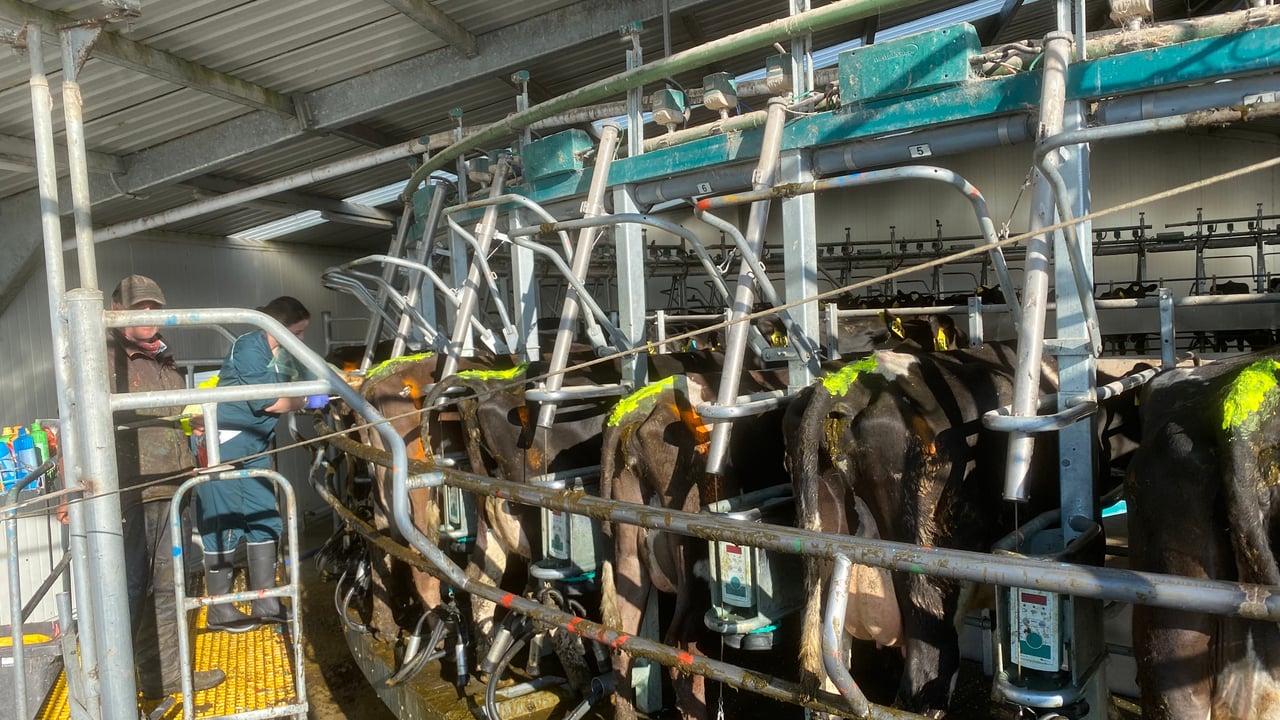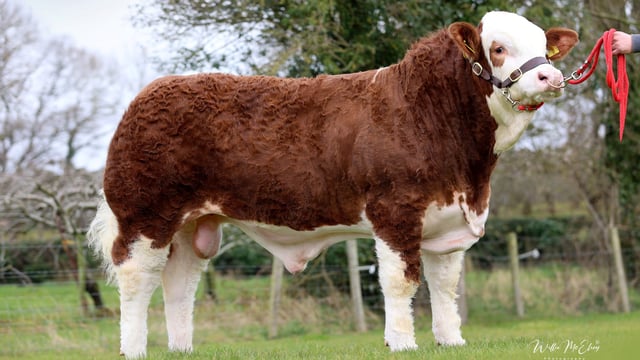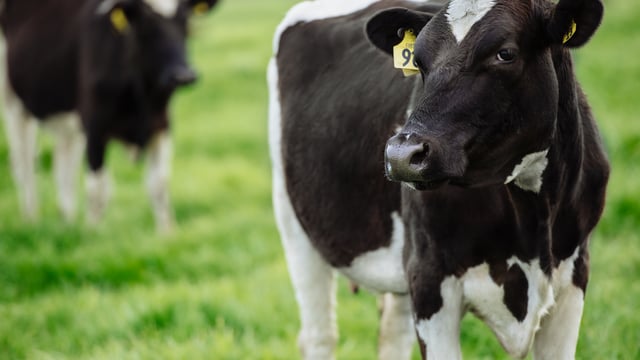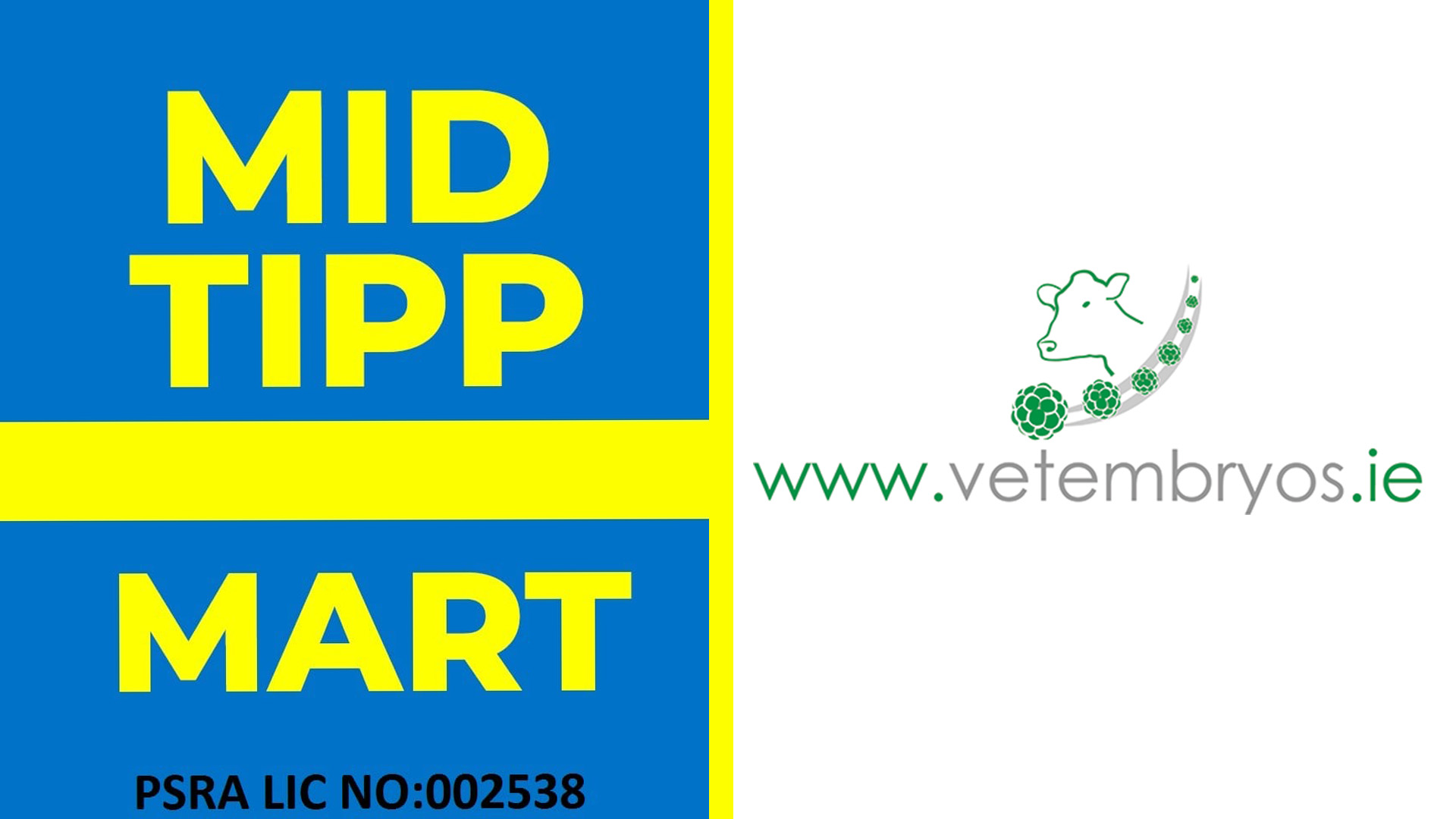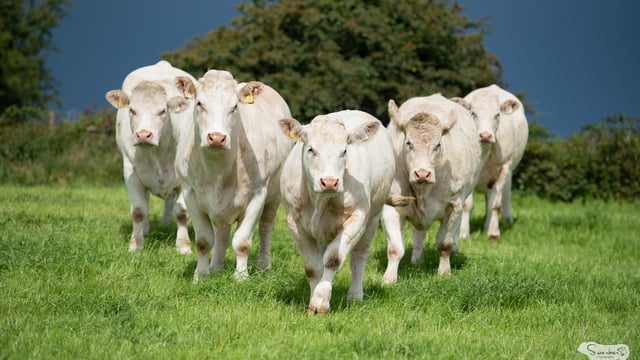Heat detection refresher as breeding underway on dairy farms
As the breeding season kicks off for most dairy farmers around the country, heat detection is going to take up a large chunk of any farmers time over the next few weeks.
Efficient heat detection is crucial as a missed heat over a 12-week breeding season could cost a farmer up to €150.
This failure to correctly identify cows in heat and inseminating cows at incorrect times will limit the herd's chances of achieving excellent reproductive performance.
The use of heat detection collars and tags has eliminated a lot of the heat detection issues for farmers but still requires observation from the farmer. With most of these systems, the more data they receive, the more effective they will be.
The 2025 calving season on average started a bit later than usual, probably closer to the second week of February for many herds in the country, with many blaming the harsh cold weather at the start of May 2024 accompanied with poor grass growth for hindering conception rates.
However, many herds opted to start their calving season that bit later due to the poor wet weather in the last few recent Februarys, in an effort to get cows out to grass as they calve down and to match the farm’s grass growth curve.
The early calving start date puts a lot of pressure on grass supply and can end up being quite costly, as farmers will only end up supplementing with silage and meal.
Farmers need to analyse this again and decide when they are starting their breeding season for 2025, with the advice being for free-draining soil farms to start calving on February 1, with February 7-10 being optimal for heavier soil type farms.
Farmers should reflect on their calving start date over the last few years and decide whether it has suited their system and the gestation length of bulls used, to finalise a mating start date.
The point is to not be putting silage supplies and meal bills under severe pressure and to match the calving start date with grass growth and demand to cut costs and that may start with pushing mating start date a week into May.
The fertility of the national herd has come a long way in the last number of years, which is a significant advancement in Irish genetics but also useless if it is accompanied by poor heat detection and missed heats.
Most cows will show signs of heat between the hours of 9:00p.m. and 7:00a.m., so relying on observation alone is not going to be sufficient and will lead to cows being missed.
The surest sign of a cow in heat is observing her standing when a cow is mounting her, unless the cow is visibly lame and unable to move. Often the cow in heat will be doing a bit of mounting herself but it is not a sure sign alone.
Activity in the collecting yard or observation out in the field is effective but not sustainable, as farmers cannot be standing out in the field for hours watching cows.
Tail painting the cows is an effective way of achieving a high heat detection rate as, once the tail paint is well rubbed, it will indicate that the cow was standing to be mounted.
Tail paint should be applied in a narrow strip, about two inches wide and nine inches in length along the tail head of the cow, and different paints should be used to identify the cow being served.
For instance, if you start by using blue paint to identify the first round of heats, once a cow is served, she should be tail painted a different colour such as yellow to indicate what is coming back around, repeating, and what cows are yet to be served at all.
Scratch cards and Kamar heat detectors are also handy tools to identify heats. The Kamar heatmount detectors contain a built-in timing mechanism designed to be activated by standing heat behaviour, whereas the scratch cards will be scratched and rubbed when the cow has been mounted.
A sign that a cow is bulling is thatshe will not let down her milk when the cluster is put on, and she may be panting a bit more heavily and visibly unsettled.
If a cow comes into the parlour with scratches on her flank and tail head and wounds, quite often a grazed bit of skin either side of the tail, it is a sure sign that the cow has been involved in a lot of mounting activity throughout the day.
If clear mucus is present around the cow's vulva and she looks well ruffled up with dirt and muck climbing her hocks and rear, it is a clear and obvious sign that she is in oestrus and that cows have been mounting her throughout the day.

